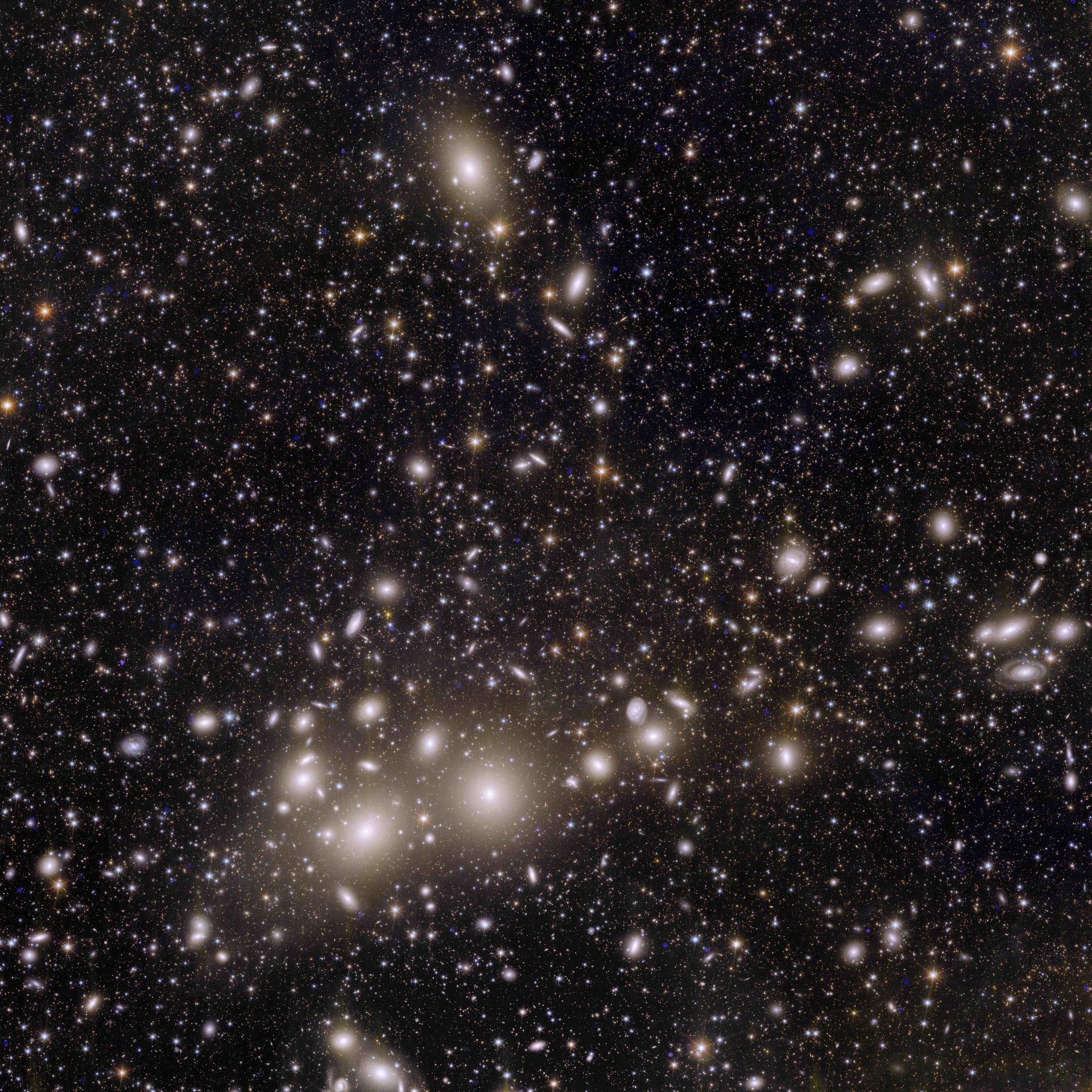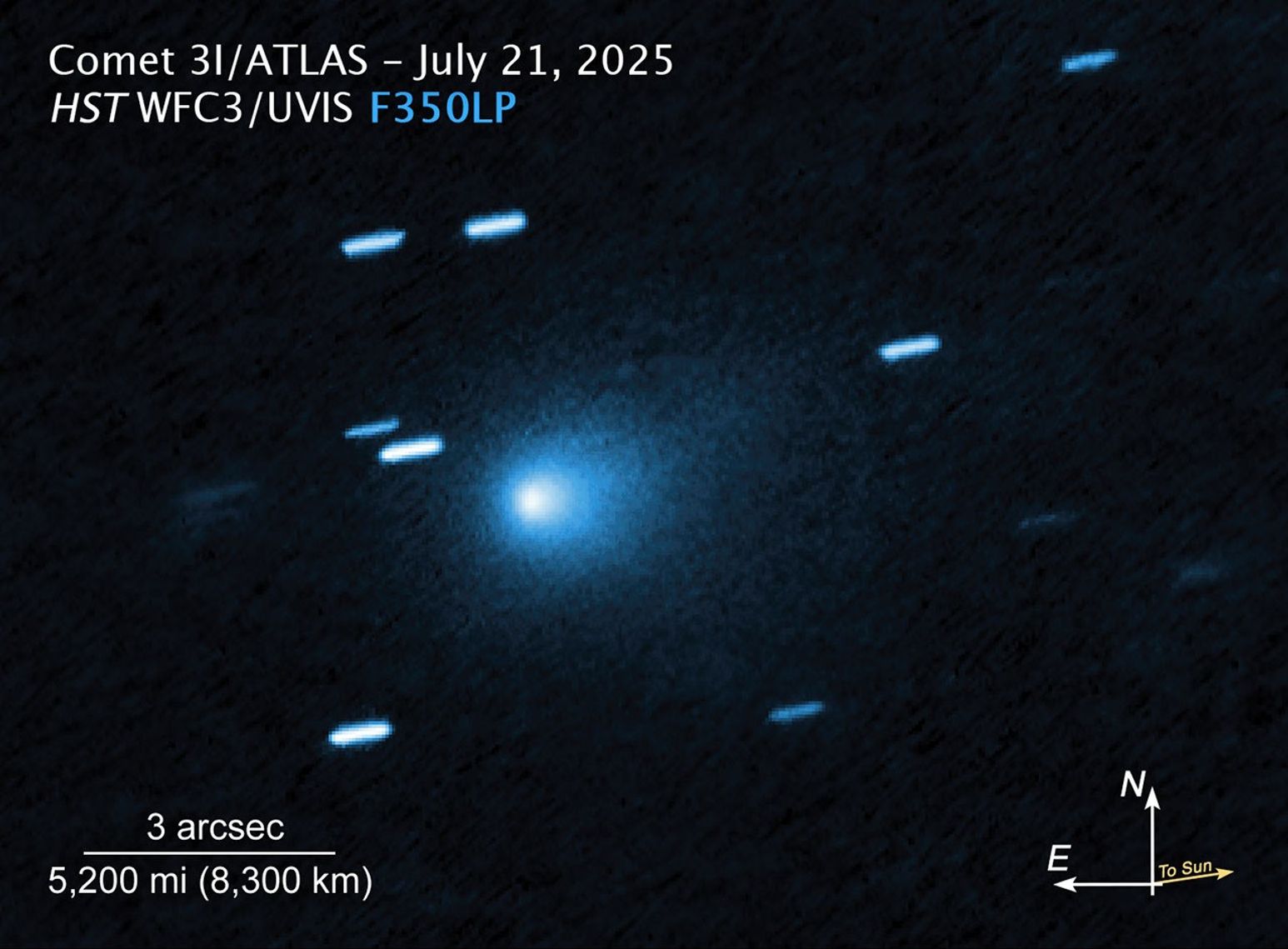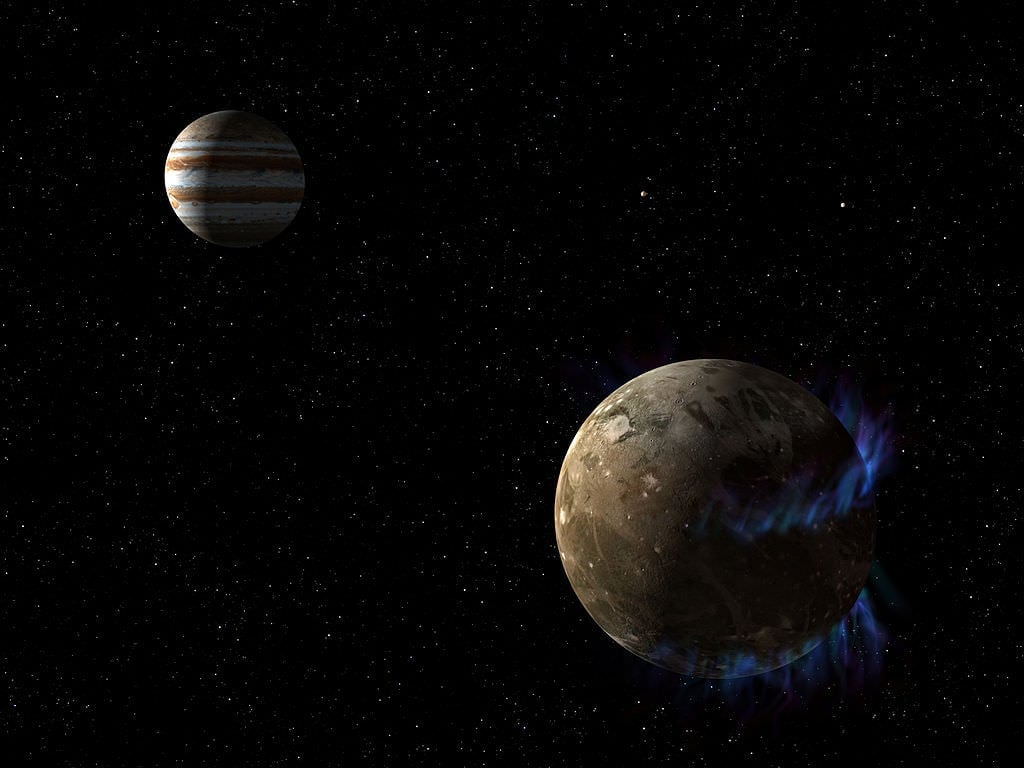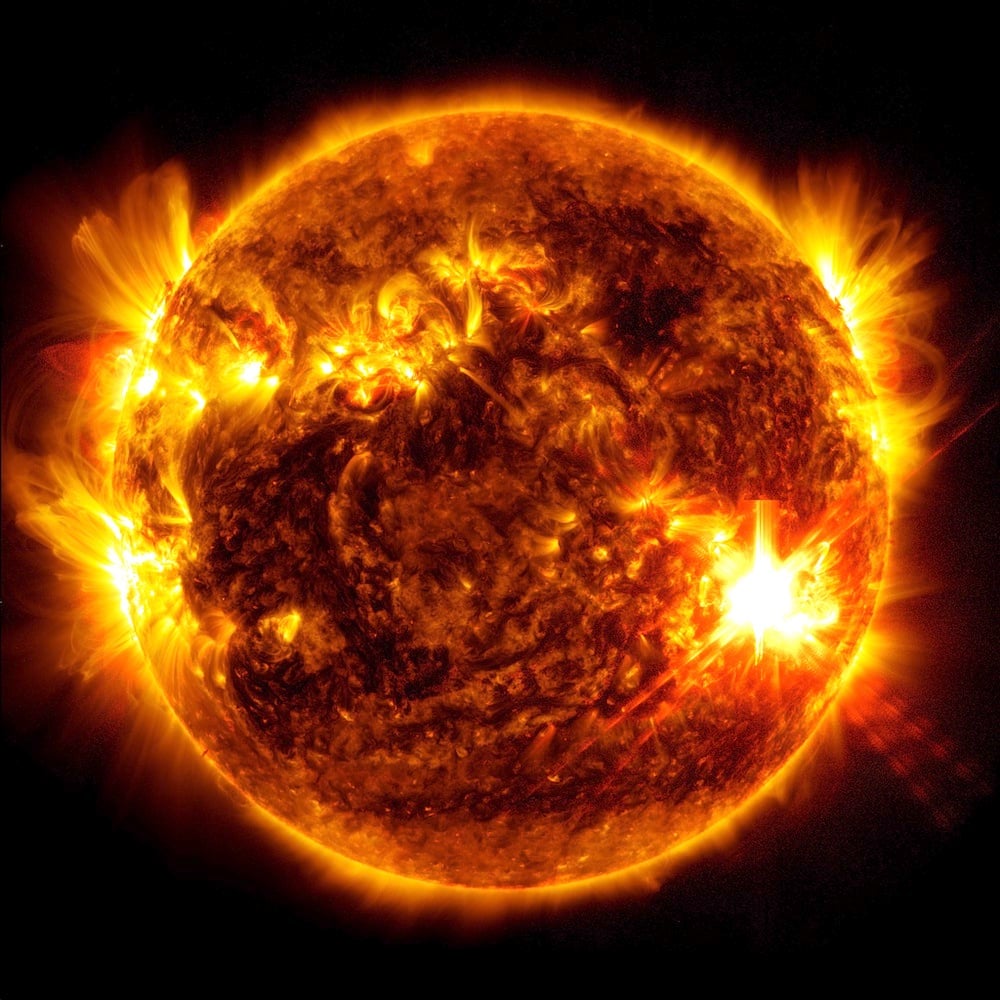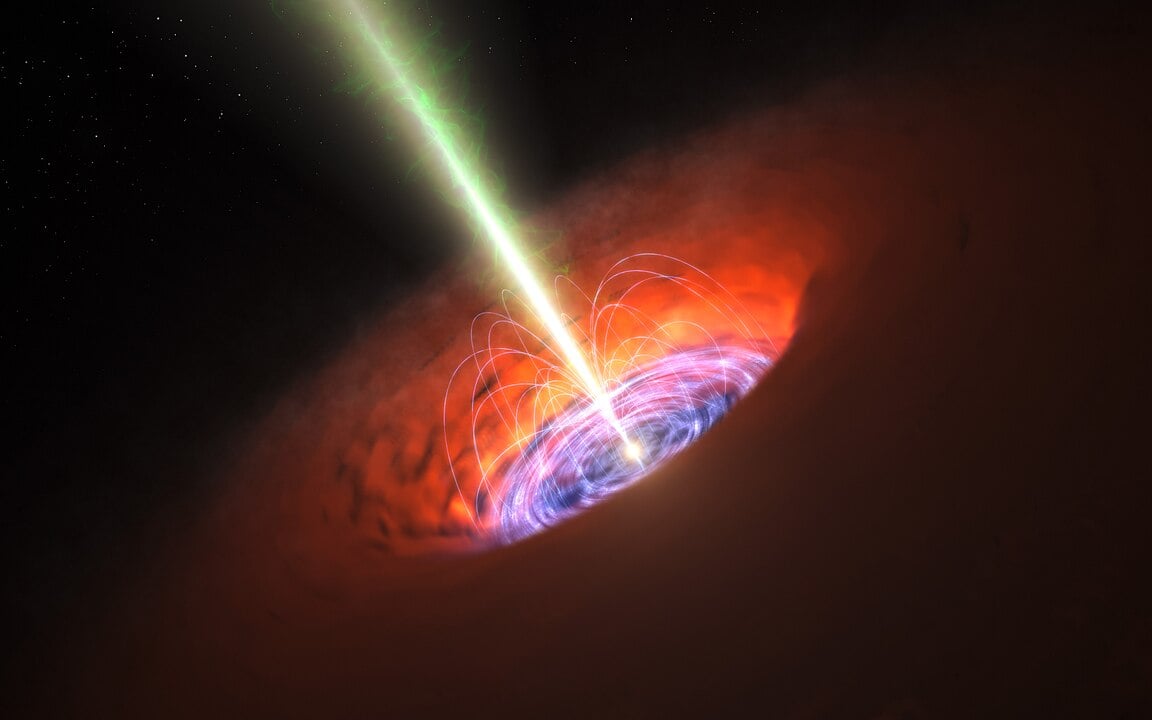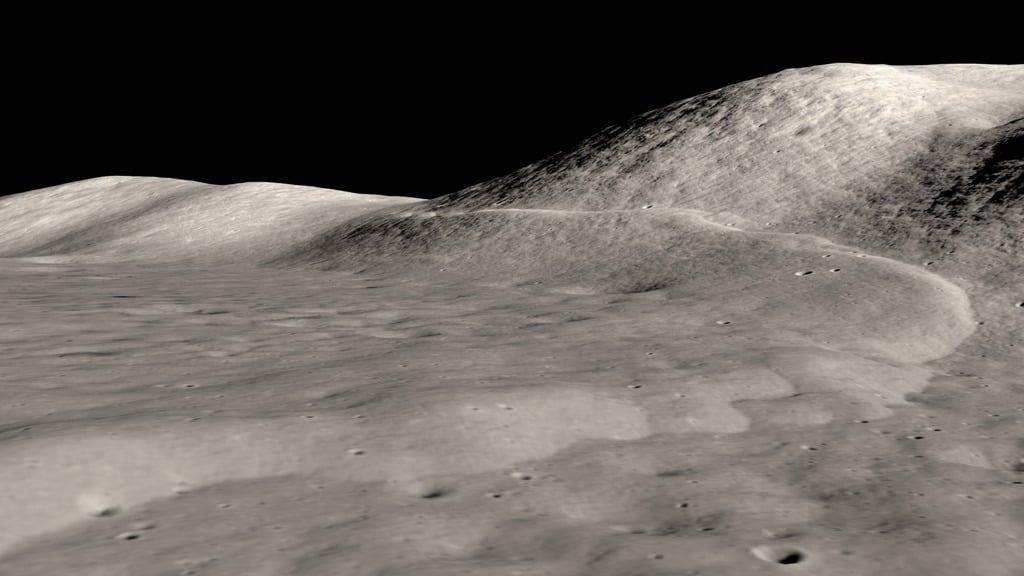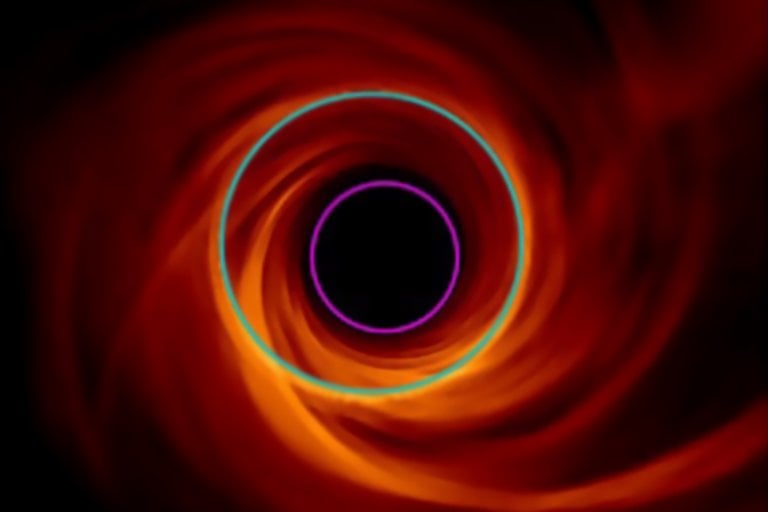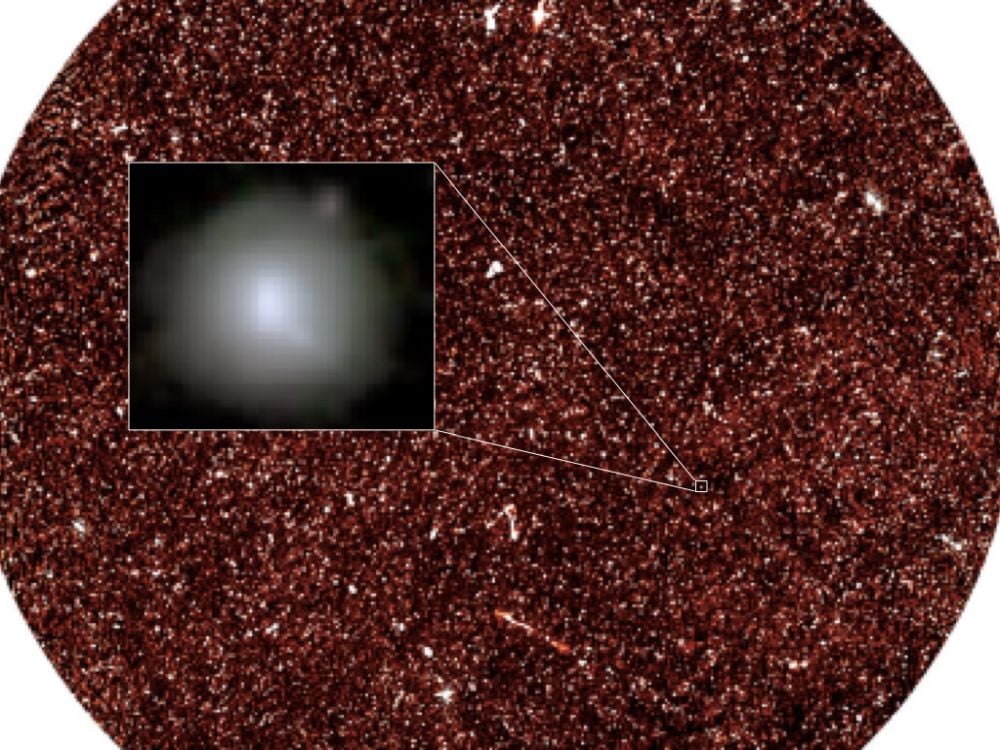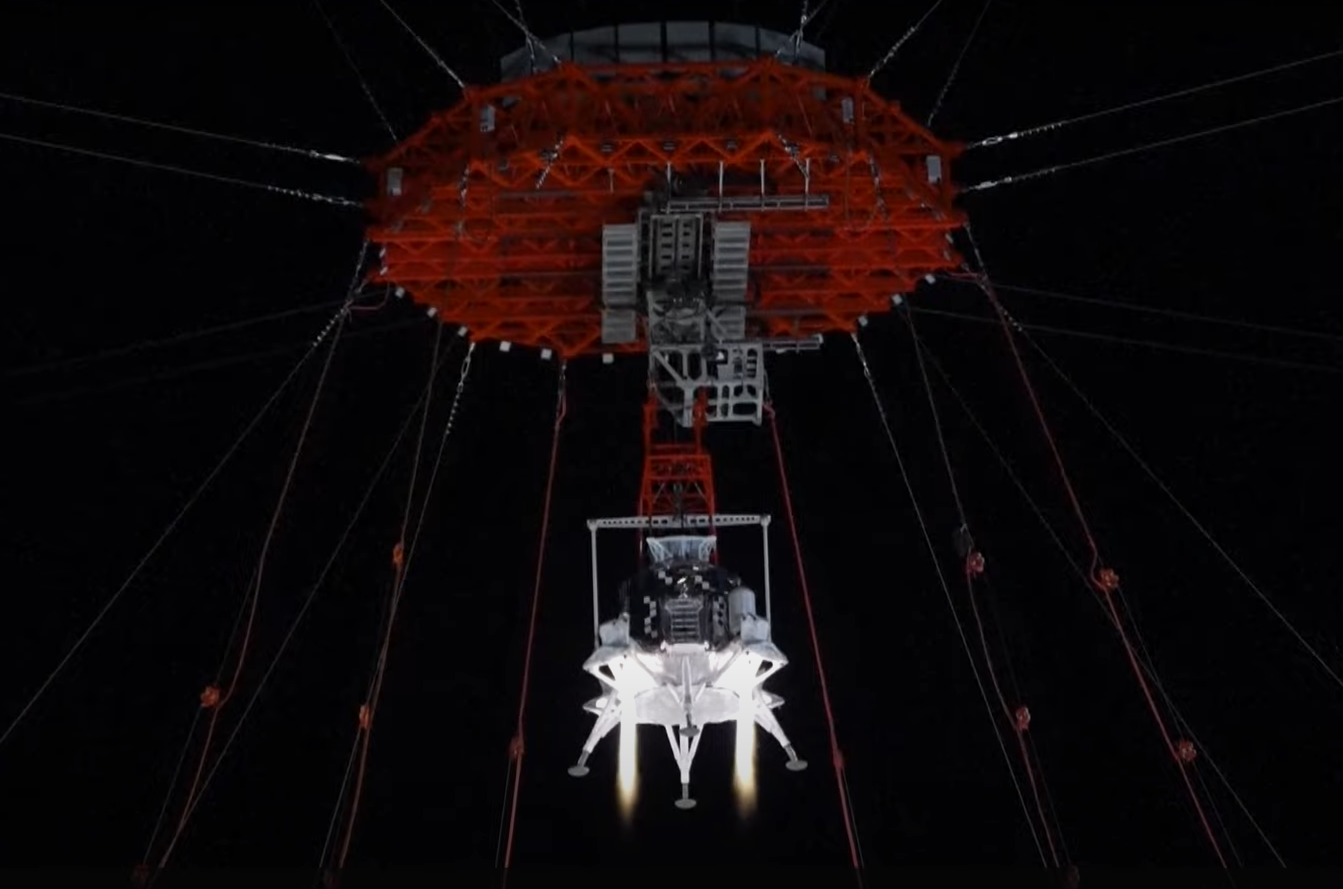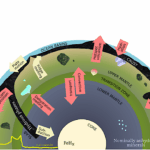Physicists from the University of Copenhagen have begun using the gigantic magnetic fields of galaxy clusters to observe distant black holes in their search for an elusive particle that has
Universe Today36- Page
In a recent paper, researchers followed the trajectories of 1I/`Oumuamua, 2I/Borisov, and 3I/ATLAS – three installer objects that have entered the Solar System in the past decade – to constrain
We already know a decent amount about how planets form, but moon formation is another process entirely, and one we’re not as familiar with. Scientists think they understand how the
Climate change isn’t just transforming weather on Earth’s surface, it’s also fundamentally altering how space weather affects the thousands of satellites orbiting our planet. New research reveals that rising carbon
Space is getting dangerously crowded. More than 50,000 pieces of debris larger than 10 centimetres are currently hurtling around Earth at breakneck speeds, turning Earth orbits into veritable minefields. Dead
What if the universe began with a fireworks show? A new theory suggests that supermassive black holes, the mysterious giants found at the heart of galaxies, were born from the
Our Moon is a seismically active world and its long history of quakes could affect the safety of permanent base structures there. That’s one conclusion from a study of quakes
Supercomputer simulations are helping scientists sharpen their understanding of the environment beyond a black hole’s “shadow,” material just outside its event horizon.
The Universe’s early galaxies were engulfed in halos of high-energy cosmic rays. It’s likely because they had tangled and turbulent magnetic fields. These fields accelerate cosmic rays to higher energies.
China took a step closer to the Moon, with the first short test for their crewed lunar lander. The test was completed on Wednesday, August 6th at a facility in
-
 012024 in Review: Highlights from NASA in Silicon Valley
012024 in Review: Highlights from NASA in Silicon Valley -
 02Panasonic Leica Summilux DG 15mm f/1.7 ASPH review
02Panasonic Leica Summilux DG 15mm f/1.7 ASPH review -
 03From Polymerization-Enabled Folding and Assembly to Chemical Evolution: Key Processes for Emergence of Functional Polymers in the Origin of Life
03From Polymerization-Enabled Folding and Assembly to Chemical Evolution: Key Processes for Emergence of Functional Polymers in the Origin of Life -
 04How New NASA, India Earth Satellite NISAR Will See Earth
04How New NASA, India Earth Satellite NISAR Will See Earth -
 05And Thus Begins A New Year For Life On Earth
05And Thus Begins A New Year For Life On Earth -
 06Astronomy Activation Ambassadors: A New Era
06Astronomy Activation Ambassadors: A New Era -
07SpaceX launch surge helps set new global launch record in 2024


